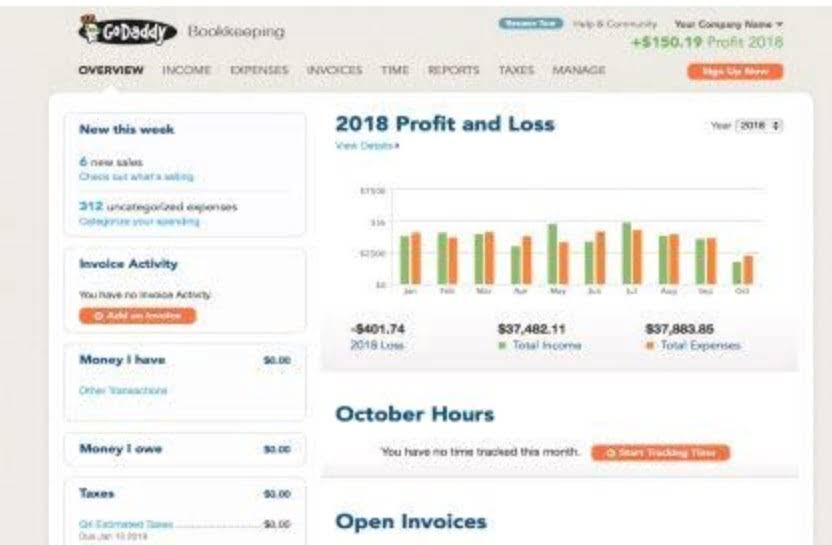Present Value Formula with Calculator

Our mission is to empower readers with the most factual and reliable financial information possible to help them make informed decisions for their individual needs. Our writing and editorial staff are a team of experts holding advanced financial designations and have written for most major financial media publications. Our work has been directly cited by organizations including Entrepreneur, Business Insider, Investopedia, Forbes, CNBC, and many others. Our goal is to deliver the most understandable and comprehensive explanations of financial topics using simple writing complemented by helpful graphics and animation videos.
The Time Value of Money
A zero NPV implies that the investment or project will neither generate a net gain nor a net loss in value. In this situation, decision-makers should carefully weigh the risks and potential benefits of the investment or project before making a decision. Company management also use this theory when investing in projects, expansions, or purchasing new equipment. By using the net present value formula, management can estimate whether a potential project is worth pursuing and whether the company will make money on the deal. For instance, when someone purchases a home, they are often offered the opportunity to pay points on the mortgage to reduce insurance payments.
- Because transactions take place in the present, those future cash flows or returns must be considered by using the value of today’s money.
- Therefore, when evaluating investment opportunities, a higher NPV is a favorable indicator, aligning with the goal of maximizing profitability and creating long-term value.
- This formula is used to calculate the future value (FV) of an investment or loan, given the initial principal, the interest rate, and the number of compounding periods.
- It is the discount rate at which the NPV of an investment or project equals zero.
- NPV is the result of calculations that find the current value of a future stream of payments using the proper discount rate.
- This equation is used in our present value calculator as well, so you can use it for checking your PV calculations.
Present Value Calculator
- Individuals use PV to estimate the present value of future retirement income, such as Social Security benefits or pension payments.
- The internal rate of return (IRR calculator) of a project is such a discount rate at which the NPV equals zero.
- Both PV and NPV are important financial tools that help investors and financial managers make informed decisions.
- Moreover, inflation devalues the purchasing power of today’s currency as time goes on.
- Investors use NPV to evaluate potential investment opportunities, such as stocks, bonds, or real estate, to determine which investments are likely to generate the highest returns.
Present value calculations are also very useful when it comes to bond yields, pensions, and savings accounts. It is an important financial concept and can be helpful to those who are making financial investments. How about if Option A requires an initial investment of $1 million, while Option B will only cost $10? The NPV formula doesn’t evaluate a project’s return on investment (ROI), a key consideration for anyone with finite capital. Though the NPV formula estimates how much value a project will produce, it doesn’t show if it’s an efficient use of your investment dollars. That means if I want to receive $1000 in the 5th year of investment, that would require a certain amount of money in the present, which I have to invest with a specific rate of return (r).
PV Calculation Examples
- This concept is the basis for the net present value rule, which says that only investments with a positive NPV should be considered.
- In other words, to maintain the same present value the interest rate would need to increase parallel to the increasing number of years one is locked into an investment.
- By calculating the PV of potential investments, investors can determine if an investment is worth pursuing or if they would be better off pursuing alternative investment opportunities.
- Present value is a way of representing the current value of a future sum of money or future cash flows.
- The big difference between PV and NPV is that NPV takes into account the initial investment.
Conversely, a particular sum to be received in the future will not be worth as much as that same sum today. When using this what is the present value formula is important that your time period, interest rate, and compounding frequency are all in the same time unit. For example, if compounding occurs monthly the number of time periods should be the number of months of investment, and the interest rate should be converted to a monthly interest rate rather than yearly. By considering the time value of money and the magnitude and timing of cash flows, NPV provides valuable insights for resource allocation and investment prioritization.
Facilitates Comparison of Investment Alternatives

After almost a decade of experience in public accounting, he created MyAccountingCourse.com to help people learn accounting & finance, pass the CPA exam, and start their career. A higher present value is better than a lower one when assessing similar investments. My course, Expectancy Wealth Planning, has been called “the best financial education on the internet” and provides all the knowledge you’ll ever need to build the life — and retirement — of your dreams. To get a full picture of the amount you need to retire, see our Ultimate Retirement Calculator here and how it applies net present value analysis for your retirement planning needs. Present value can also be used to give you a rough idea of the amount of money needed at the start of retirement to fund your spending needs.

Treasury bonds, which are considered virtually risk-free because they are backed by the U.S. government. In addition to the basic compound interest calculations, your Excel calculator can also handle more advanced scenarios, such as regular deposits and different compounding periods. Compound interest is a financial concept that goes beyond simple interest, which is calculated on the principal amount alone. With compound interest, you earn interest on your interest, leading to exponential growth over time. The default calculation above asks what is the present value of a future value amount of $15,000 invested for 3.5 years, compounded monthly at an annual interest rate of 5.25%.

Present value is important because it allows investors and businesses to judge whether some future outcome will be worth making the investment today. It is also important in choosing among potential investments, especially if they are expected to pay off at different times in the future. Understanding how to calculate it in Excel can help you make better financial decisions.
Setting Up Your Compound Interest Calculator in Excel
Another advantage of the net present value method is its ability to compare investments. As long as the NPV of each investment alternative is calculated back to the same point in time, the investor can accurately compare the relative value in today’s terms of each investment. What that means is the discounted present value of a $10,000 lump sum payment in 5 years is roughly equal to $7,129.86 today at a discount rate of 7%. If you want to calculate the present value of a stream of payments instead of a one time, lump sum payment then try our present value of annuity calculator here.
Continuous Compounding (m → ∞)

In these cases, calculating an accurate present value may require advanced financial modeling techniques. PV is suitable for evaluating single cash flows or simple investments, while NPV is more appropriate for analyzing complex projects or investments with multiple cash flows occurring at different times. Present value calculations are tied closely to other formulas, such as the present value of annuity. Annuity denotes a series of equal payments or receipts, which we have to pay at even intervals, for example, rental payments or loans. Money is worth more now than it is later due to the fact that it can be invested to earn a return.
Sensitivity to Discount Rate Changes
- Present value is also useful when you need to estimate how much to invest now in order to meet a certain future goal, for example, when buying a car or a home.
- Suppose we are calculating the present value (PV) of a future cash flow (FV) of $10,000.
- Present value (PV) is the current value of an expected future stream of cash flow.
- So, if you’re wondering how much your future earnings are worth today, keep reading to find out how to calculate present value.
- The formula for calculating NPV involves taking the present value of future cash flows and subtracting the initial investment.
- Present value is important in order to price assets or investments today that will be sold in the future, or which have returns or cash flows that will be paid in the future.
Get instant access to video lessons taught by experienced investment bankers. Learn financial statement modeling, DCF, M&A, LBO, Comps and Excel shortcuts. You can also incorporate the potential effects of inflation into the present value formula by using what’s known as the real interest rate rather than the nominal interest rate. Shaun Conrad is a Certified Public Accountant and CPA exam expert with a passion for teaching.

Leave a Reply